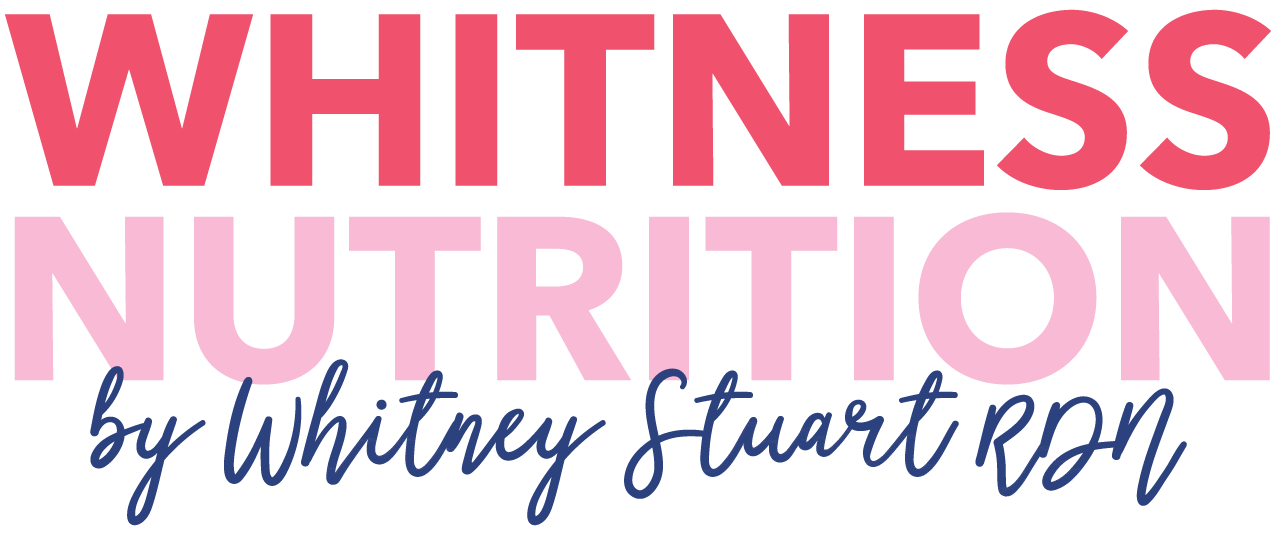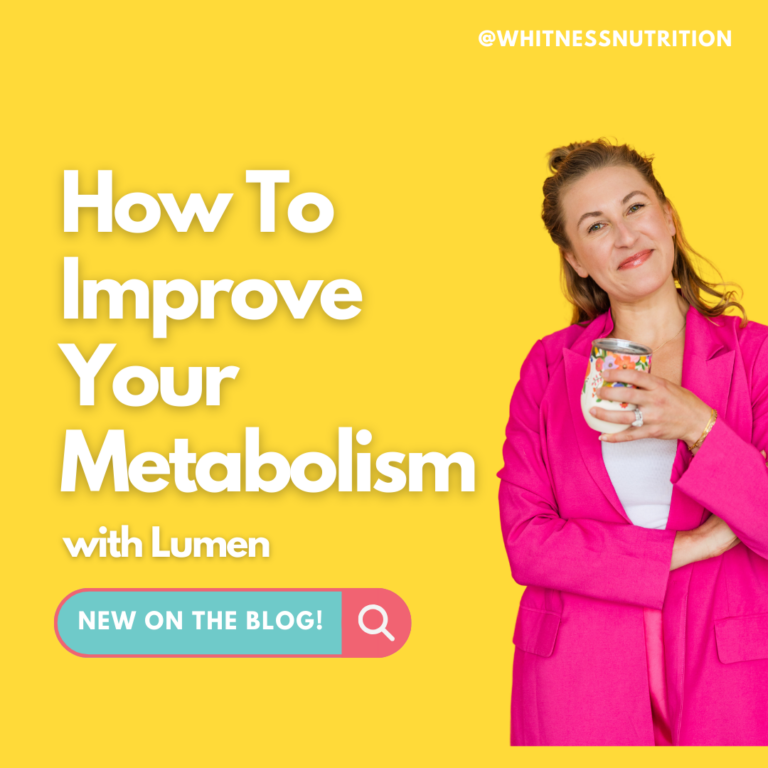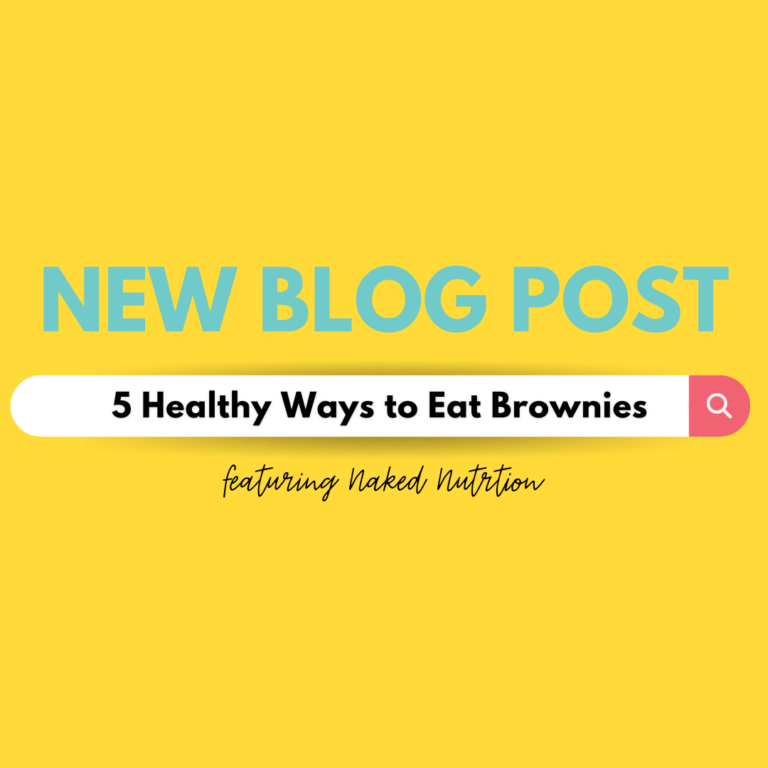Expert Views: April’s Nutrition Scene Unpacked – Food, Fads, and Facts
As a Registered Dietitian Nutritionist, each month I collect the questions and answers you have about health and answer them in one place. Follow the Whitness Nutrition Instagram page, where I host bi-weekly Ask Me Anything question boxes FREE for the community. Facts coming to you straight from the Registered Dietitian’s mouth!
Whether you’re wondering if that new protein powder on the market is good for you or whether your recent lab work is showing signs of insulin resistance, you’ve come to the right place! Rather than scouring WebMD and trusting TikTok for your health and wellness advice, why not turn to the nutrition expert?!
Remember: these answers are not meant to be a substitute for medical advice, and if you are looking for more individualized answers, hop on the waitlist to schedule a discovery call with me today!
Food, Fad and Facts: the nutrition questions you asked this month!
Food: Quick, Easy Healthy Meals
What is the best breakfast for weight loss?
A protein rich breakfast is the most powerful way to start your day. Aim for around 20-30 grams of protein at breakfast (and really, most meals). This amount of protein will keep you fueled and filled until your next meal, as well as keep your blood sugar stable. I like to prepare a few easy proteins for the week that can be incorporated at breakfast, or lunch, and will help ensure I’m hitting those 20-30g of protein. A few ideas:
- Hard boiled eggs, i’ll prep a dozen for the week
- Breakfast sausage, my favorite is from Pederson’s (use code whit20 for 20% off)
- Egg muffins with leftover veggies
Pair your protein with a serving of complex carbs, veggies for fiber and 2-3 tbsp of fat for a balanced breakfast. If you’re tired of scrambled eggs and want something new, try one of these seven Blood Sugar Bliss breakfasts!
Are smoothies good for weight loss?
Smoothies CAN be satiating and a quick way to get all your nutrient needs, but they can also be loaded with sugar and pack on calories quickly! To create a smoothie that supports weight loss and a balanced blood sugar, make sure to add plenty of protein, non-starchy fruits and veggies, and fat. Skip any smoothies that are just a blend of fruit, juice and carbohydrates – that’s where the sugar bomb comes in! Use our smoothie ebook for smoothie guidance and inspiration.
Also important, juices are not the same as smoothies! Juices are much lower in fiber, while smoothies are rich in fiber to support gut health. Smoothies incorporate the whole fruit, which is where we get most of the nutrients and provides us with more fiber. Juices are also pure liquid and we won’t get the same satiety from a juice like we would from smoothies.
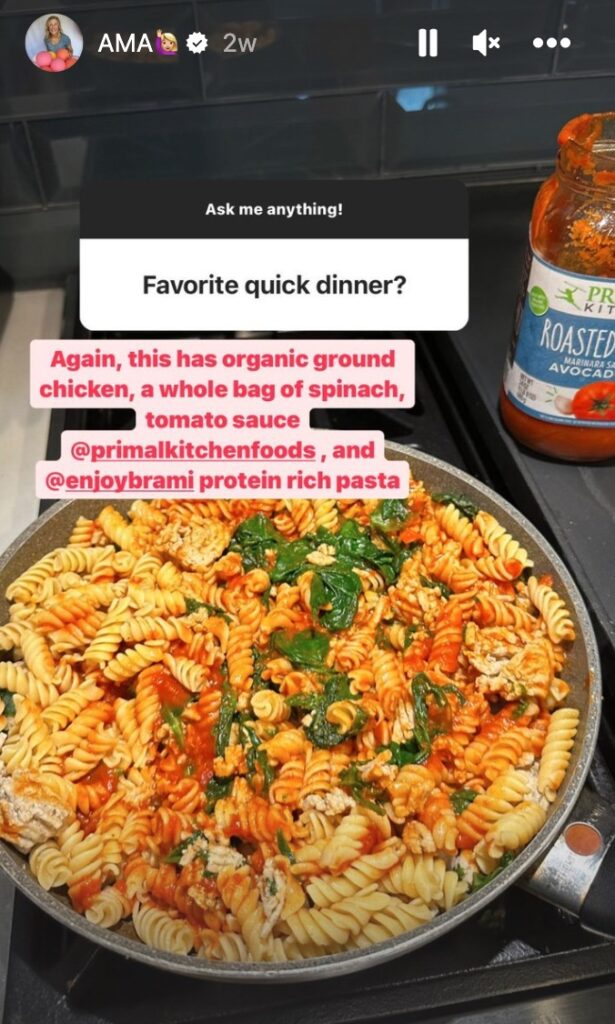
What are dietitian approved healthy meals?
A healthy meal will always follow a VPFC protocol. A good way to envision a healthy meal is that it is a meal that provides the body with optimal nutrition. In our house, we prepare VPFC components for the week that can be used to create multiple healthy meals with different flavors. Variety is key!
First, we thaw protein from our freezer, like Grass-Fed beef or some sort of seafood, to throw in the slow cooker or oven. Then, we like to prepare one starchy vegetable, such as roasted squash or potatoes, or incorporate some fiber-rich legumes. I like using a bag of Fillo’s beans for a high fiber starch, which you can save 25% on with code WNCOMMUNITY25. Then we prepare two to three non-starchy vegetables, which can be anything from a bag of spinach to frozen broccoli, or my favorite, the cruciferous slaw from Trader Joes. Then we finish the meal with a fat, typically in the form of a yummy sauce or dressing.
We love this combo of chicken or any ground meat, a whole bag of spinach, protein rich pasta and no sugar added tomato sauce from Primal Kitchen.
Ask the Registered Dietitian Nutritionist – Fad: Hot Topics in Nutrition
What’s your go-to electrolyte?
Look for an electrolyte that’s made with minimal sweeteners. We also want a strong presence of sodium, potassium, and magnesium. Read your labels (always!) and identify any sources of added sugars or artificial ingredients. LiqidIV? No thanks. You can enjoy those 11g of added sugar in something more meaningful, like a social sweet.
Learn more on how to properly pick the right electrolyte supplement in this blog post! My go-to electrolytes include LMNT, Ultima and Nooma.
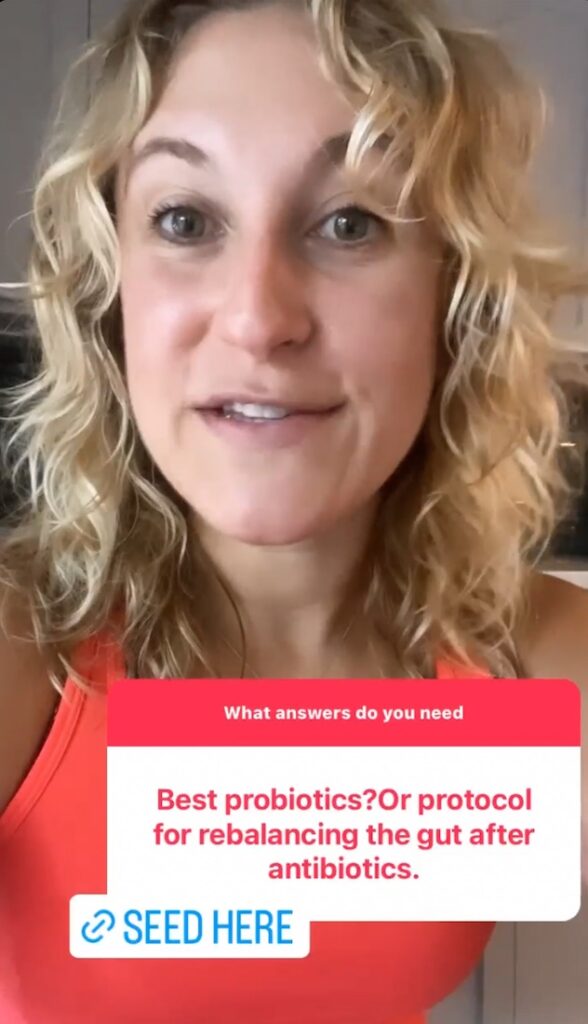
What’s the best probiotic?
Probiotics are strain specific so there truly isn’t a best one. If you’re looking for gut support following antibiotics, look for a Spora based option that has both prebiotics and probiotics present. I like Seed for this job, but Seed is also great for gut-health maintenance. If you’re looking for more specific strains to address your current gut health situation, I recommend working with a practitioner to schedule a GIMAP test. You can save on Seed Probiotics with code WHITNESS15 to get 15% off.
Are sugar alcohols or erythritol bad?
Over consumption of sugar alcohols, such as Xylitol and erythritol, can cause an increase in sweet cravings and insulin resistance. They can also cause GI upset like bloating, gas and diarrhea – so don’t overdo it on the sugar free candy! If sugar alcohols are consumed in moderation, they can be fine! I love the NutPods creamer that is made with erythritol but uses it in moderation and on special occasions! The NutPods White Chocolate creamer is absolutely delicious – try it with code WHITNESSNUTRITION for 15% off
Fact: Healthy Diets and Nutrition Facts
Should females practice intermittent fasting?
Any menstruating female should not fast longer than 12-14 hours. Excessive fasting can lead to overeating and end up doing more harm than good. Instead, try these blood sugar balancing habits:
- Don’t eat 2-3 hours before bed
- Eat within an hour of waking
- Sleep a solid eight hours
Learn more on how to prevent insulin resistance and how fasting comes into play here.
What’s a good peanut butter alternative?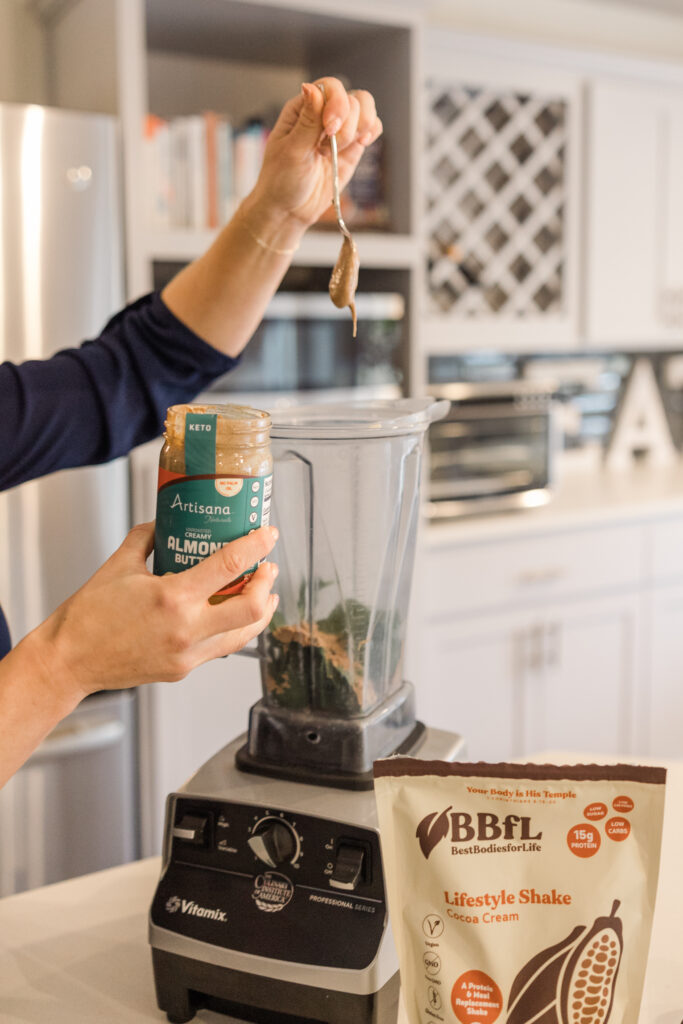
If you or someone in your family is allergic to peanuts, I recommend a nut-butter almond or cashew butter as they have a similar consistency and nutrition profile (healthy fats!). If you need to avoid tree nuts, a seed butter such as sunflower seed butter is a great option. Our biggest priority will be to avoid any added sugars, especially with children, and added inflammatory vegetable oils. Look for 100% nuts and seeds, with the only other addition being sea salt. My top peanut butter alternatives are:
- Artisana Cashew Butter or Walnut Butter, code WHITNESS10 to save.
- Georgia Grinders Almond Butter or Pecan Butter, Code WHITNESS for 20% off
- Sunbutter Sunflower Seed Butter, I purchase through Thrive Market!
Should I stop eating refined carbs and sugar?
Yes, absolutely. Food is for nourishment and nutrients, and as a wise woman once said “You are what you eat.” The matter of calories in/calories out is ONLY part of it. It really boils down to what you’re putting into your body – consider quality not just the quantity. And as research continues, we see that the inflammation from eating refined food is real – especially refined sugar and vegetable oils. While it may seem slightly overwhelming, you can build your resilience for these foods with an 80/20 approach. Do well often, and then ENJOY the 20% fully.
The Biggies to Avoid and/or Limit:
- Food with no expiration – think of your shelf-stable, highly processed foods
- Inflammatory oils such as soybean oil, canola oil, and vegetable oil.
- Fried foods
- Excessive alcohol – includes beer and wine!
- High Fructose Corn Syrup; but really sugar in any form if it is taking up a significant part of your diet.
If you’re looking for more FREE blood sugar bliss tips, sign up for my free meal guide for weekly inspo straight to your mailbox. You can also find the rest of the AMA’s on my Instagram, @whitnessnutrition, in the highlights section under “AMA.”
